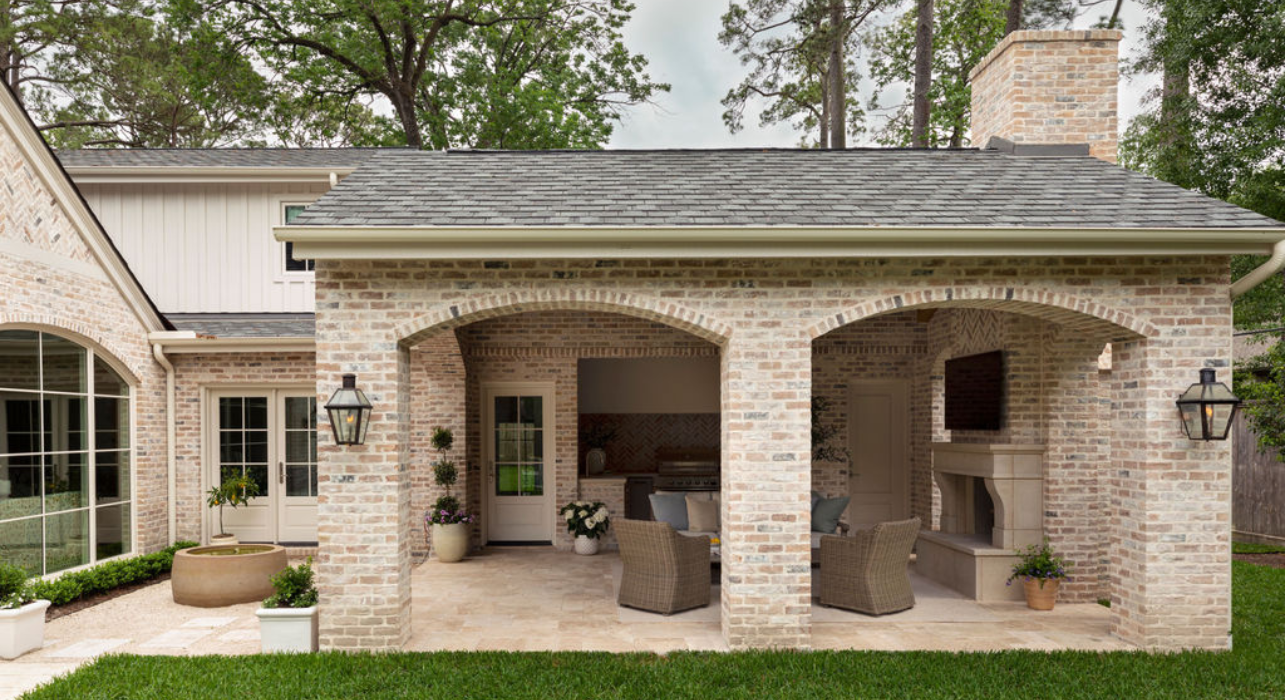Instead of moving house when they need more space, many homeowners choose to build onto their existing property. Based on local restrictions and your family’s lifestyle, an interior renovation designer will help you pinpoint the perfect type of addition. They will decide to build up or out. They will help determine the scope of your project and identify partners to handle both interior design and remodeling. For example, you might consider adding another primary suite if elderly parents are coming to live with you. You might also consider converting your garage, finishing your basement, adding an attached ADU or building a brand-new detached ADU. If you moved into an older home with a small kitchen, bedroom or primary bath, you might consider a bump-out addition. A bump-out addition contributes a few extra square feet to an existing room. This could help you create a foyer, mudroom, walk-in closet, pantry, large shower or expansive vanity. Because they require an array of building permits and often involve demolition, home additions can be expensive, time-consuming and disruptive. However, home additions provide much-needed space for your family to live and grow comfortably. Additions could also increase your home’s resale value. Follow below to learn all about home additions, renovation and interior design services.
10 THINGS YOU NEED TO KNOW ABOUT HOME ADDITIONS AND RENOVATIONS — STRAIGHT FROM AN INTERIOR RENOVATION DESIGNER
#1 THERE ARE A FEW DIFFERENT TYPES OF ADDITIONS TO CONSIDER
Homeowners seeking to modernize the flow of their house or add a bit of extra space can choose from several types of home additions. For attached additions, homeowners can choose to build up or out. In an article for Better Homes & Gardens, Caitlin Sole explains why some homeowners build up instead of out. Sole writes that “adding a second story makes sense if your lot is small, and you want to preserve…open space outdoors.” For detached additions, homeowners can choose to convert an existing building or create a brand-new structure.
Within the home, room additions, floor additions and bump-outs are most common. In an article for Forbes, Lee Wallender and Lexie Pelchen explain that “a bump-out is a minor addition.” This type of addition increases a home’s “total square footage but doesn’t reach the scale of a full addition with multiple rooms.” Bump-outs are rarely larger than ten to fifteen square feet. Still, they can add functional space to a kitchen, bathroom, foyer, laundry or mudroom. Homeowners might opt for a bump-out because bump-outs typically require less excavation, demolition and construction.
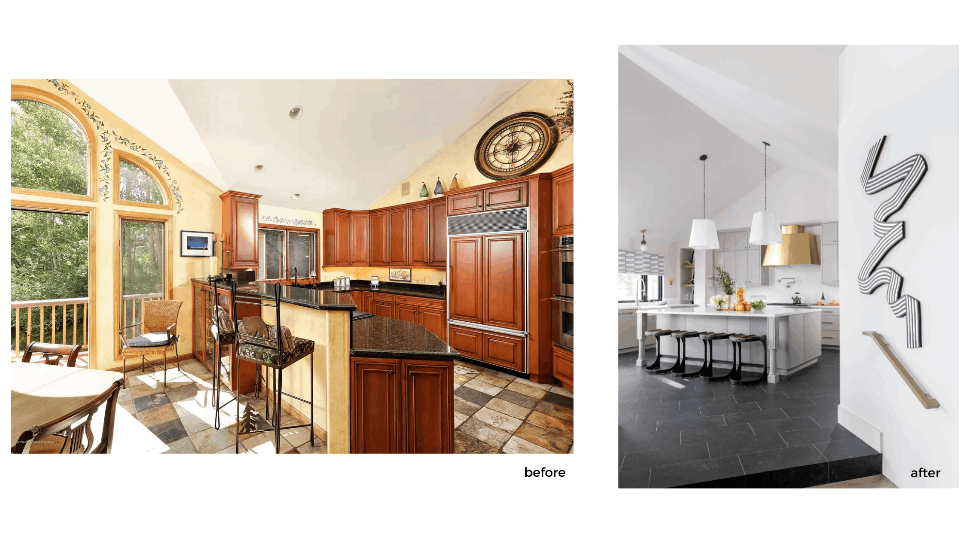
On a second or third floor, homeowners might consider adding a dormer for a little bit more space and a lot more light.
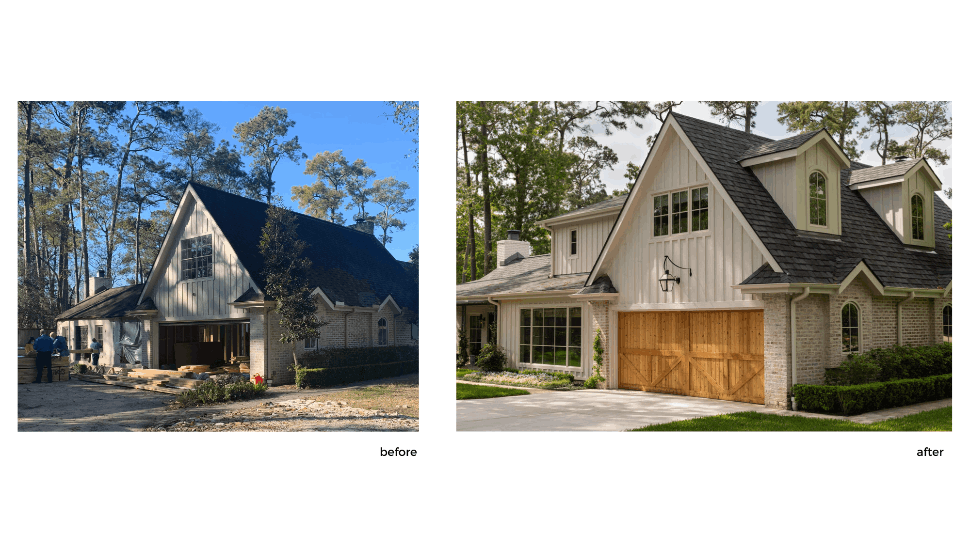
Outside but connected to the home, covered porches, sun rooms, loggia and similar structures are always popular. Completely detached from the home are ADUs, pool houses and offices or studios.
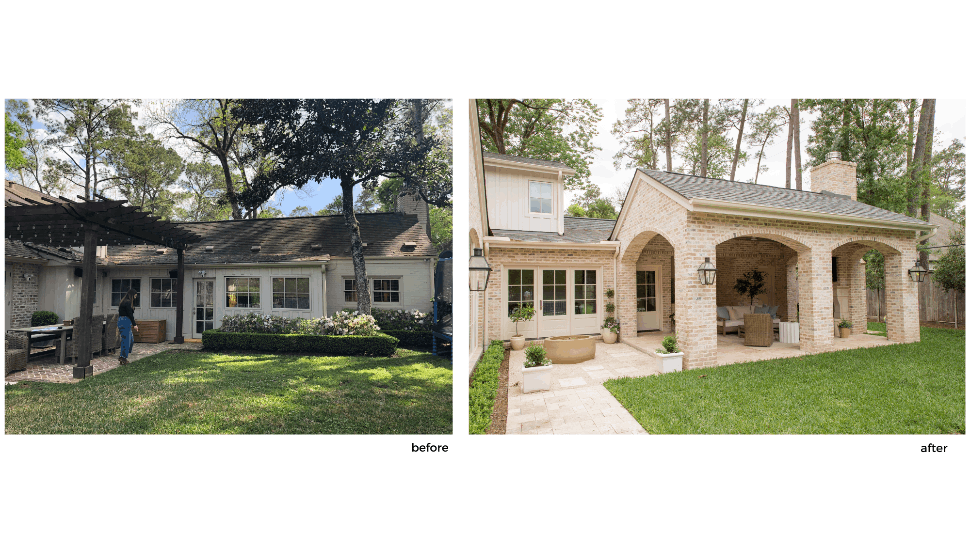
#2 YOUR LOCAL PLANNING DEPARTMENT MIGHT DICTATE THE STYLE, SIZE AND LOCATION OF YOUR ADDITION
Chances are, your local zoning or planning department — and your community’s HOA — will dictate the size and location of your addition. If you are building out, the planning department might regulate how far your addition can extend. In “How to plan a home addition: Budgeting, hiring a contractor, planning the design, and more” for Real Homes, Carol J. Alexander explains. Alexander writes that “you need to know how close you may legally get to the property line.” You will also need to know “where underground utility lines run,” as this will impact where you can build. If building up, the department might have height restrictions.
Your city’s planning department might also have rules about the style of your addition. This is more common in historic districts or those with established neighborhood “character.” San Francisco’s planning department is a good example. To this point, keep in mind that additions and/or structural renovations might not be possible for a historic home. Check with your planning department before designing your home’s new addition to avoid running afoul of local laws. Ask your interior renovation designer if you are still unsure.
#3 YOUR HOMEOWNERS INSURANCE AND PROPERTY TAX PAYMENTS COULD GO UP — BUT MIGHT GO DOWN
Many home additions and renovations — especially those that add square footage — increase a property’s market value. Because of this, renovations might also cause your homeowners insurance premium and the property taxes you owe to go up. Property taxes are based on your home’s appraised value. If an assessment shows that the value of your home increased due to renovations, your property taxes will probably go up.
But how would an assessor know that you updated your home? In their article “How Home Improvements Can Increase Your Property Taxes” for NerdWallet, Kate Wood and Marilyn Lewis explain. Lewis and Wood write that tax assessors “track the value of every piece of real estate in a taxing district…using sophisticated mapping software.” They keep an eye out for building permits and inspections, both of which could trigger an assessment.
Your homeowners insurance policy could change too. Quoting John Kilpatrick in an article for US News, Geoff Williams recommends “‘checking with your insurance agent and carrier’” before adding on. They should be able to give you an estimate of “‘the extra cost associated with insuring the added square footage.’”
Keep in mind that certain home improvements can actually reduce insurance rates. Home improvements that improve the stability, safety or habitability of your home could reduce your monthly payments. Those that harden your home against natural disasters like floods and wildfires are especially likely to reduce insurance rates. You might qualify for certain tax deductions!
#4 YOU WILL PROBABLY NEED BUILDING PERMITS FOR AN ADDITION OR OTHER MAJOR RENOVATION
Building an addition or undergoing any type of structural renovation requires building permits. Common permits required for building a home addition include electrical, gas, plumbing and demolition permits.
If you manage your own remodeling project or hire a contractor, you will probably be responsible for obtaining permits on your own. However, if you hire a residential building designer or full-service design firm, they will probably submit applications for you. An interior renovation designer should help you navigate this process to ensure you meet all requirements set by your local planning department.
#5 YOU MIGHT NEED TO FIND TEMPORARY HOUSING DURING CONSTRUCTION
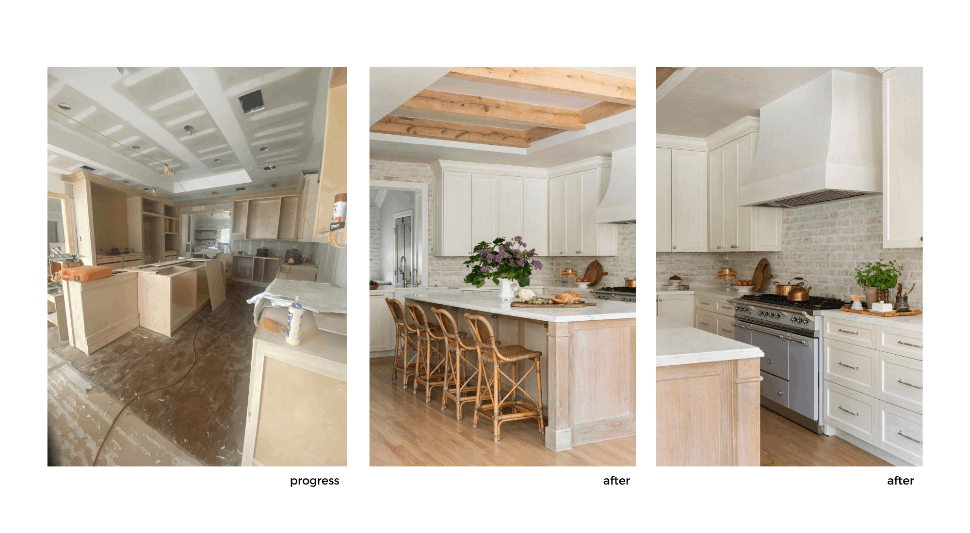
In many cases, homeowners can remain in their homes while remodeling. Major renovations — like those that take the home down to the studs — require homeowners to live elsewhere for most of the project.
Building an addition or renovating one part of the home is often a mix of both. Homeowners can usually live at home in an undisturbed wing of the house for most of the project. The amount of time they spend in temporary housing is limited.
Still, paying for temporary housing is an expense homeowners must include in their budget. Consult with your interior renovation designer for an estimate of how long you might need to live elsewhere.
#6 YOU MIGHT BE ABLE TO DRAW ON THE EQUITY YOU HAVE IN YOUR HOME TO FINANCE THE ADDITION OR OTHER RENOVATION
Depending on the size of your down payment and how long you have owned your home, you might be able to leverage your equity. Many homeowners draw on the equity they have in their homes to finance additions, repairs and other home improvements.
In our post “Are Home Improvement Loans Worth It,” we outline a few options for homeowners. Homeowners could finance their addition or remodel through cash-out refinancing, a home equity loan or a home equity line of credit.
#7 CONSTRUCTION AND DEMOLITION COULD SPREAD BEYOND THE ADDITION ITSELF
There is a chance that construction and demolition could spread beyond the addition itself. This is more common with a second story addition than with a ground floor addition. In either case, however, the builder might need to access the foundation, plumbing and/or other elements that run throughout the home.
#8 AN ADDITION WILL PROBABLY BOOST YOUR HOME’S RESALE VALUE
Depending on the style and size, a home addition could boost the value of your property anywhere from 5% to 50%. Major additions — like building a detached ADU or second floor on the main house — could add even more value.
Adding square footage and expanding outdoor living space — as we did in Hedwig Village — have some of the highest ROIs. Boosting curb appeal can also increase your home’s resale value. According to Mia Taylor in an article for Better Homes & Gardens, “‘landscaping upgrades can net an 83% return, making it a smart investment.’”
#9 PREVIOUS DAMAGE AND/OR UNPERMITTED WORK COULD POP UP DURING YOUR RENOVATION
The scope of your project could expand if previous damage and/or unpermitted work pops up during the renovation. To meet building codes, your remodeler will need to repair any damage that threatens the home’s habitability. This is why residential building design firms typically recommend padding a renovation budget as much as 15 or 20% beyond the estimated cost.
#10 YOU MIGHT NEED TO UPGRADE YOUR HOME’S SEPTIC SYSTEM TO ACCOMMODATE EXTRA BEDROOMS OR BATHROOMS
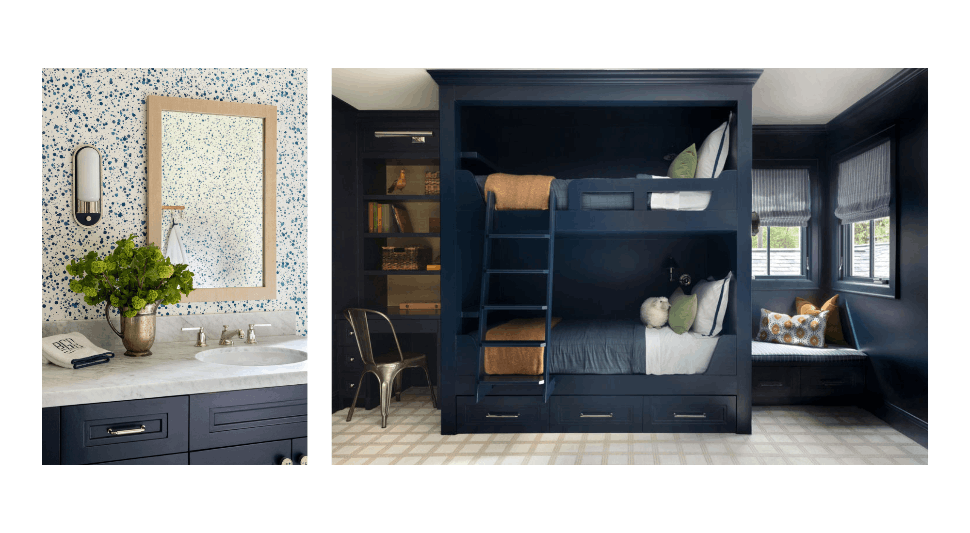
Lastly, you might need to upgrade your home’s septic system or electrical system to accommodate an addition. In most cases, only a bedroom or bathroom addition will require you to replace your home’s septic tank. If your home’s power consumption exceeds its original load or the wiring is in poor condition, an upgrade to might be necessary.


